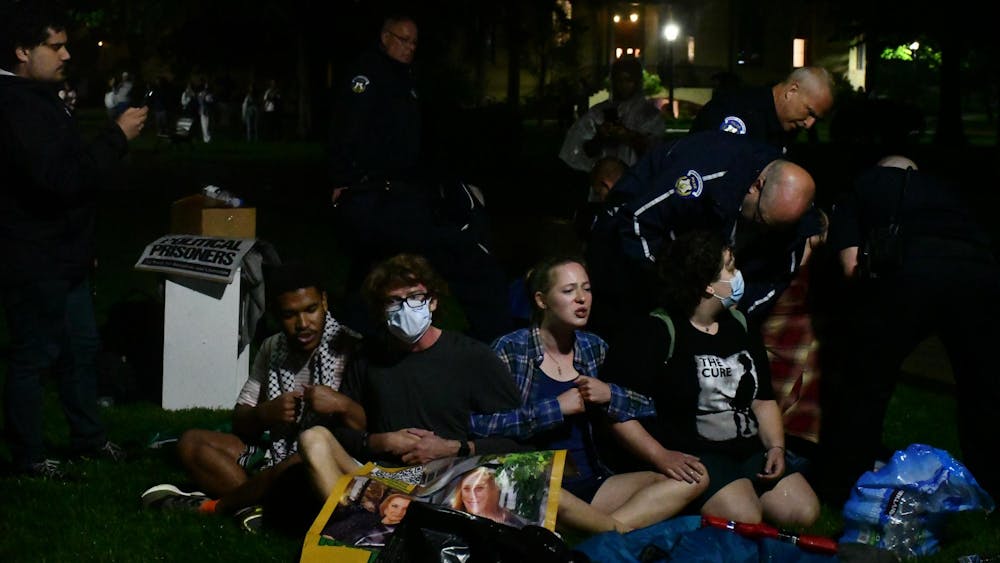With the election right around the corner, it is impossible to turn on the television without seeing political campaign ads that often slam the opponent and provide little, if any, significant information.
Marketing professor Joe Urbany said this election's ads are especially ineffective and confusing for voters.

"Negative advertising has an impact because it stands out from our natural tendency to view people in a positive light," he said. "Voters are confronted with a firestorm of contentious ads, each followed by an immediate and aggressive denial, almost all of it devoid of evidence."
The candidates spent exceptional amounts of money on ads that hardly hold real information and potentially lessen the quality of the campaign, Urbany said. They do not add much to a campaign and have not substantially helped either party.
"The irony this year - with estimates of [more than] 80 percent of both parties' budgets spent on negative messages about the opponent - is that neither ad campaign stands out," he said. "It's become like a prisoner's dilemma in game theory. Each campaign has gone progressively more negative, only to be matched by the other. The ad campaigns are cancelling each other out."
Voters receive mixed messages from the ads that may even contain false information, Urbany said.
"It is impossible to distinguish fact from conjecture from fiction," Urbany said.
Although it is common for politicians to speak in vague terms, Urbany said ads go a step further in projecting negativity on opponents, masking any valuable information of their own in the process.

Film, Television and Theater professor Susan Ohmer teaches a course specifically addressing presidential elections and media and sees differences between this year's ads and those in previous elections.
"We can say that this campaign is distinguished by the level of targeted advertising, ads that are run in particular states or even particular counties," Ohmer said. "Some areas, such as Indiana, get very few, while others, such as Ohio, are bombarded. The differences between states have been true for a while, but not the micro-targeting we are seeing this year."
Although a great deal of time and effort are put into these ads that attempt to sway specific audiences, Ohmer said most voters are able to see through the ads that lack substance.
Ohmer also said the negative ads for this year's election have increased in both number and degree of negativity. In spite of this, she agreed the ads have not held much weight in the election.
"It is hard to say if negative ads have been effective at this point, but we can say that this campaign has set a record for spending on ads and on the sheer number of ads," Ohmer said.
Contact Maddie Daly at












